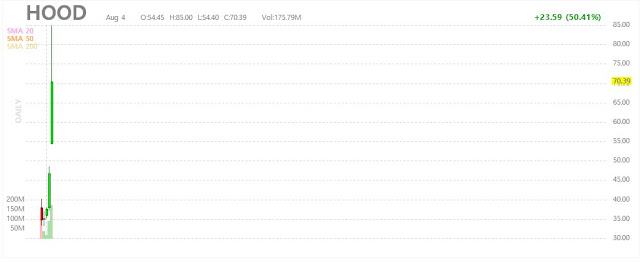AMC is the centerpiece of the meme stock trade. It trades the most dollar volume among the meme stocks, and often times the most options volume of all the stocks in the US. It is retail driven, and there are distinct patterns that one can discern from retail traders.
Retail traders are simple creatures. You can see patterns in their behavior which repeat over and over again, more often than you would see in the general market. These patterns are more reliable than ones that you see in a major market like the SPX.
I will reveal probably the most profitable pattern that can be taken advantage of with size (AMC is a very liquid stock and option). Its based on a behavioral patterns of retail traders.
Here are the 3 basic reasons driving the AMC price action:
1) Retail options traders mostly trade calls, and in particular, mostly calls with less than 1 week till expiration (weekly calls). Almost exclusively long calls, rarely short them.
2) Retail traders mostly buy weekly calls during the week that they expire. They don't like to buy options right before the weekend. The buying is heaviest on Monday, Tuesday, and Wednesday.
3) They have limited capital, so they don't have the ability to take delivery of AMC stock if they're call options expire in the money, so they have to SELL the option before Friday expiration if its in the money.
The reason they behave like this is simply that weekly options have the most gamma, and are the cheapest, and most volatile since they only have a few days till expiration. This satisfies the gambling instinct of these options punters. They know that options prices decay with time so they don't like to buy them on Friday ahead of the long weekend. Also, they like to be in cash heading into the weekend. These punters' way to manage risk is to be flat over the weekend. That's their risk management strategy. They almost exclusively bet on AMC going up, because that's what their group (Wall St. Bets) encourages. They are herd animals. More like wildebeests than apes.
Let's look at a simple pattern driven by the options activity:
As you can see, AMC has a tendency to rally on Mondays and Tuesdays, forming a short term top on Tues/Wed, driven by their herding behavior of buying calls heavily on those days. It then weakens on Thursday and Friday as the calls are either sold or lose their delta as they get closer to being worthless as expiration nears as they are out of the money. This force of call selling and delta going down drives dealer flows to sell their hedges, driving the stock lower into Friday, where it bottoms, to repeat the cycle again.
If AMC doesn't rally on Monday and Tuesday, it means that AMC is in the middle of a strong downtrend (late June to mid July, late July to mid August) that overwhelms any call options activity, also it discourages retail betting on calls during these downtrends.
As expected, Powell was dovish as all get out at Jackson Hole, basically making it sound like it would be all but impossible to hike rates in the future, while also delaying taper anxiety by not even mentioning any specifics. The SPX is running away from us, speculation is through the roof, it was the meme stocks last week, this week its an assortment of daytrader favorite shitcos with high short interest like SPRT and BBIG squeezing higher.
Expecting a different tone in September, but I'm not betting on it. SPX 4400 is now bedrock support and will be tough to crack much below that level. SPX 4300 is now a pipe dream for dip buyers.


















